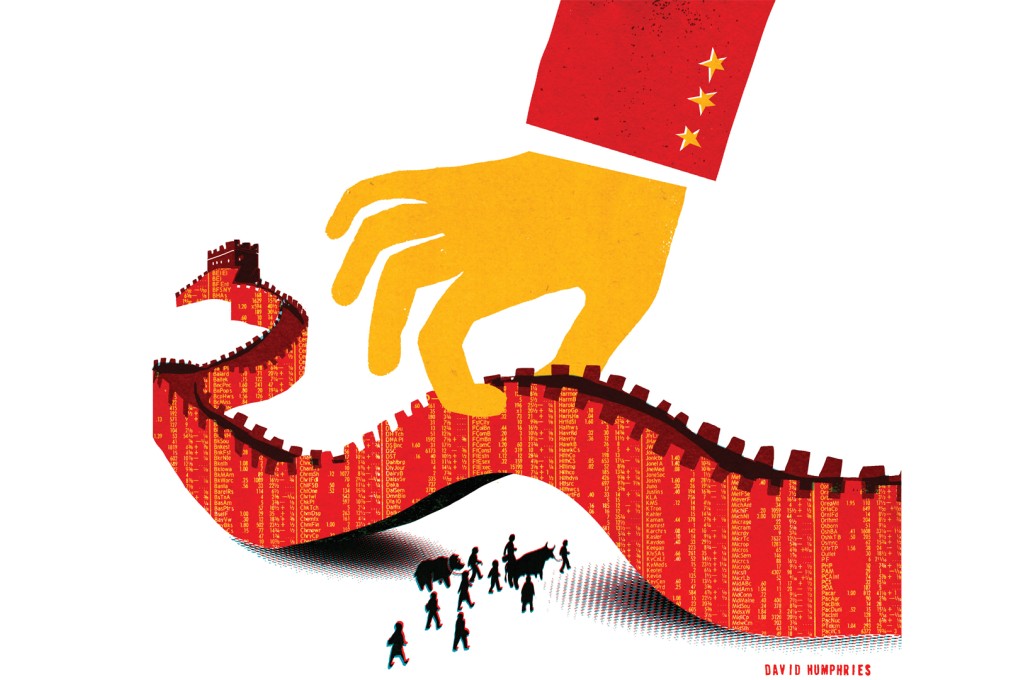China's stock markets are ready to welcome foreign investors
Guru Ramakrishnan says the growing maturity of the Shanghai and Shenzhen exchanges should hasten their opening up

The time is ripe to rewrite the tale of two stock markets in China: the Shanghai and Shenzhen exchanges. These markets seldom get the respect they deserve. Their relatively nascent existence of 20-plus years is often ridiculed and the two institutions have frequently been dubbed "casinos" where insiders and speculators manipulate prices and meteoric fortunes are made or lost overnight.
The recent sharp rise in stock prices and the ensuing market volatility seem to provide the anecdotal evidence to critics who are constantly trying to make their case for the instability of these markets. A careful examination under the bonnet of China's stock markets, however, tells a very different story.
As China's gross domestic product approaches US$11 trillion, its stock markets have finally woken and are now playing catch-up: stocks have doubled during the past 12 months alone. The transition of China from a smoke-stack manufacturing economy to one based on services and new media seems to be well on its way.
The outperformance of the innovative technology-oriented Shenzhen stocks over their sleepy capital-intensive Shanghai Composite counterparts is a sign of the change of guard that is so desperately needed. Despite the rapid rise in valuations of stocks, China's market capitalisation-to-GDP (70 per cent) still trails many economies that it now dwarfs, including Japan (154 per cent), Canada (130 per cent) and Australia (118 per cent).
As the experiment of moving the economy away from a state-led investment model to a consumer-driven one evolves, the stock market, as a resource allocator, will have to take a lead role in orchestrating this shift. This is why it's most important for China to open its domestic markets to international investors while allowing domestic residents the opportunity to invest freely abroad.
In the past two decades, the Chinese stock markets have matured enormously. The Shanghai and Shenzhen exchanges today are substantially more liquid, offer greater transparency and require higher quality standards for listing, disclosures and auditing of financial statements than many of their global competitors.
These markets are centralised and, unlike the US, treat individuals and institutions trading in these markets alike. All orders are visible to other market participants and the structure of the markets themselves does not provide any trading advantages to either the individuals or the institutions that trade there: no "dark pools" of liquidity exist, for example. Although stories of individual stock disasters abound, the 10 per cent price limit on shares and a few other regulatory measures have helped truncate market volatility.